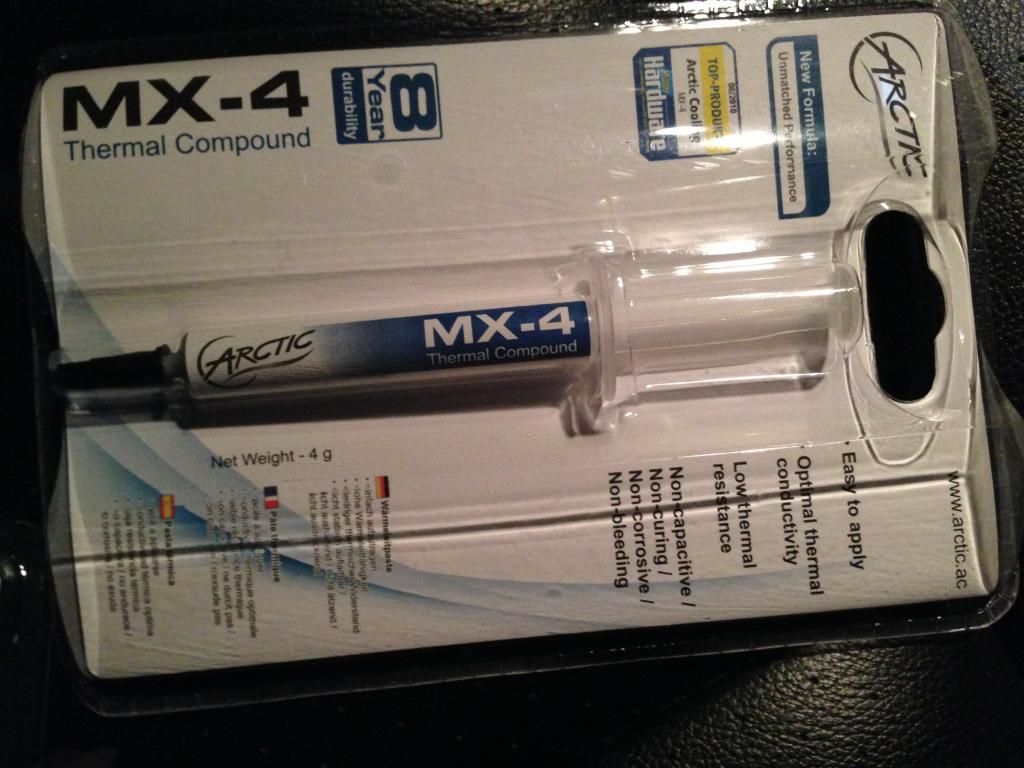|
|
#11 |
 Join Date: Jan 2010
Location: Mystic CT
Posts: 2,625
|
|
|
|

|
|
|
#12 |
|
Join Date: May 2007
Location: Chicagoland, IL
Posts: 9,683
|
Make sure you test the integrity of the plenum runner walls. Not sure how far you ported it but you'd be surprised where it gets thin, especially short side radius. I ported mine to 36.5mm and we found some extremely thin (paper thin) walls which gave way once I did media blasting of plenum.
|
|
|

|
|
|
#13 |
 Join Date: Aug 2006
Location: McLean, VA
Posts: 3,717
|
|
|
|

|
|
|
#14 | ||
|
Join Date: Jun 2013
Location: Toronto
Posts: 780
|
Quote:
Quote:
I have thermal compound for CPU heat sinks. Yay or nay? 
|
||
|
|

|
|
|
#15 |
 Join Date: Nov 2007
Location: Squires (near Ava MO in the Mark Twain N'tl Forest) - Missouri
Posts: 6,466
|
Heat sink compound is required, so CPU paste should do the trick,
Two things: THINNER IS BETTER: Just enough to fill the microscopic grooves left over from when the surfaces were fly-cut is all that should be used. Adding more actually increases the insulation between the heat sink and the "device" to be cooled. If the layer is so thin as to be practically translucent, that is good. No gaps, but NO MORE. ABSOLUTELY CLEAN: Be careful that the surfaces are free on any foreign debris, e.g., chips or (especially) sand/grit, etc. Good luck. |
|
|

|
|
|
#16 | |
|
Join Date: Jun 2013
Location: Toronto
Posts: 780
|
Quote:
|
|
|
|

|
 |
|
|